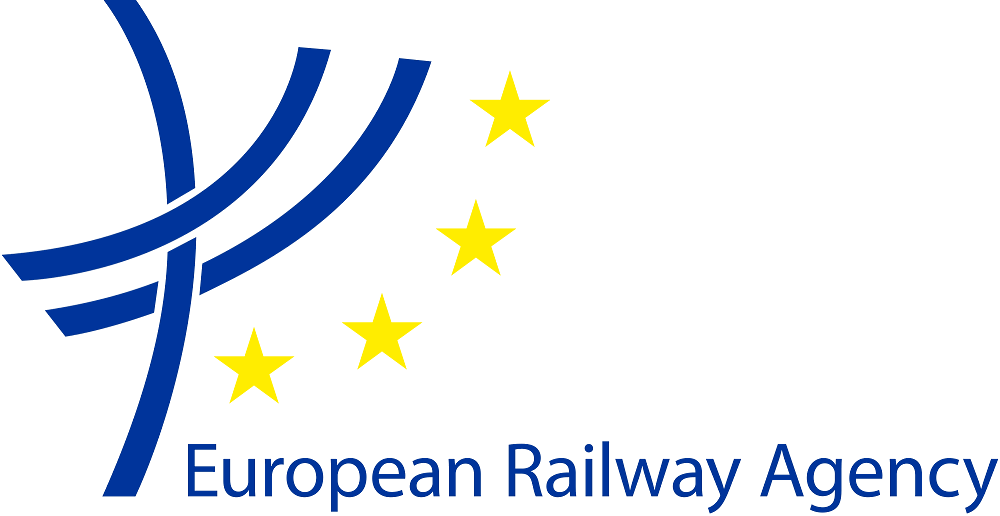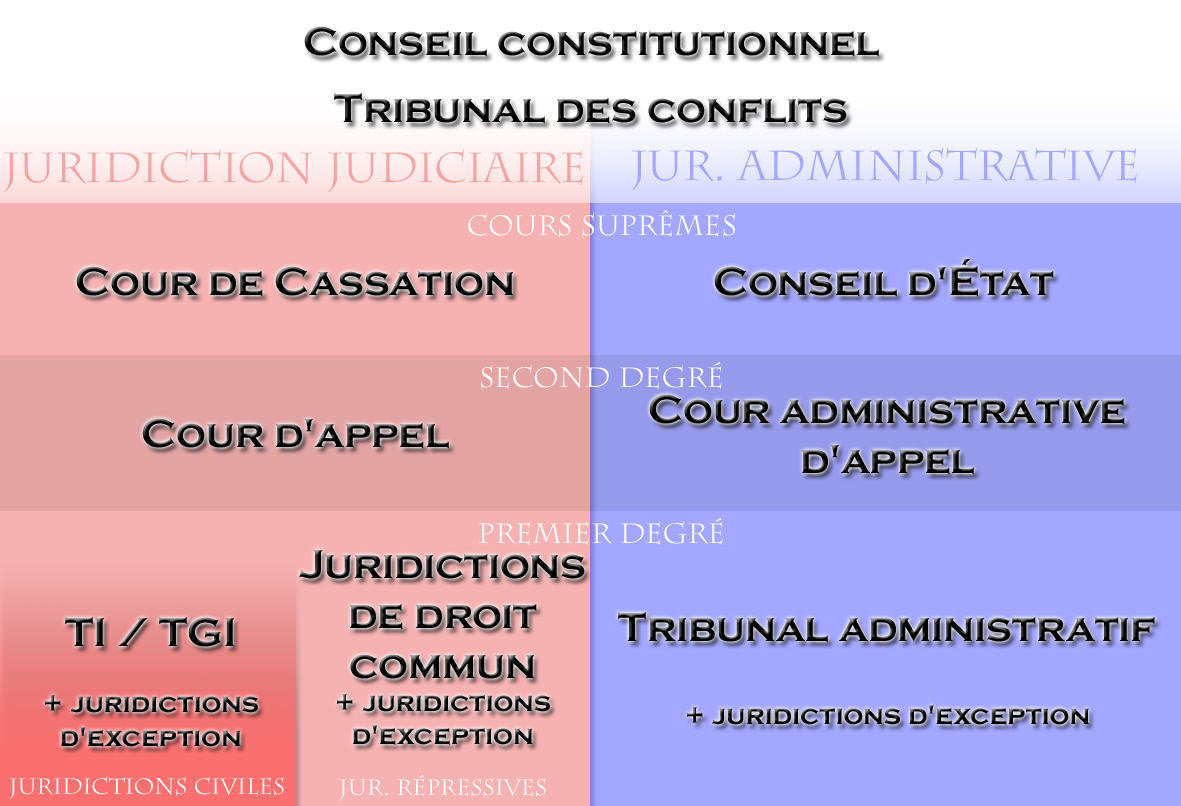|
Technical Specifications For Interoperability
A technical specification for interoperability (abbreviated as TSI) is a text provided for in European Directive 2016/797 adopted by the European Parliament and the Council of the European Union on the interoperability of the European rail system in accordance with the ordinary legislative procedure. This directive stipulates that the railway system is divided into 8 subsystems: # infrastructure # Traction energy # control command and the trackside signalling # control command and the on-board signalling # rolling stock # Traffic operation and management # Maintenance #Telematic applications for passenger and freight services. It also provides that a technical specification for interoperability (TSI) is drawn up for each subsystem. These TSIs define the essential requirements of the above-mentioned European directives for specific cases and define a set of technical requirements that apply to new subsystems put into service. These requirements constitute a set of conditions ne ... [...More Info...] [...Related Items...] OR: [Wikipedia] [Google] [Baidu] |
Rail Transport In Europe
Rail transport in Europe is characterized by its diversity, both technical and infrastructural. Electrified railway networks operate at a plethora of different voltages AC and DC varying from 750 to 25,000 volts, and signaling systems vary from country to country, hindering cross-border traffic. The European Union aims to make cross-border operations easier as well as to introduce competition to national rail networks. EU member states were able to separate the provision of transport services and the management of the infrastructure by the Single European Railway Directive 2012. Usually, national railway companies were split to separate divisions or independent companies for infrastructure, passenger and freight operations. The passenger operations may be further divided to long-distance and regional services, because regional services often operate under public service obligations (which maintain services which are not economically interesting to private companies but nonethel ... [...More Info...] [...Related Items...] OR: [Wikipedia] [Google] [Baidu] |
Automatic Control System
Automation describes a wide range of technologies that reduce human intervention in processes, namely by predetermining decision criteria, subprocess relationships, and related actions, as well as embodying those predeterminations in machines. Automation has been achieved by various means including mechanical, hydraulic, pneumatic, electrical, electronic devices, and computers, usually in combination. Complicated systems, such as modern factories, airplanes, and ships typically use combinations of all of these techniques. The benefit of automation includes labor savings, reducing waste, savings in electricity costs, savings in material costs, and improvements to quality, accuracy, and precision. Automation includes the use of various equipment and control systems such as machinery, processes in factories, boilers, and heat-treating ovens, switching on telephone networks, steering, and stabilization of ships, aircraft, and other applications and vehicles with reduced human inte ... [...More Info...] [...Related Items...] OR: [Wikipedia] [Google] [Baidu] |
European Railway Agency
The European Union Agency for Railways (ERA) is an agency of the European Union (EU) that sets mandatory requirements for European railways and manufacturers in the form of Technical Specifications for Interoperability (TSI), which apply to the Trans-European Rail system. The ERA publishes a document summarising the status of the TSIs. The ERA sets common safety targets, common safety methods and common safety indicators, following Directive 2004/49/EC and amendments. The ERA also hosts a number of databases, among which a register of remaining, applicable national rules. History The agency was established in 2004 as part of the Second Railway Package, and commenced operations in 2006 as the European Railway Agency (ERA). It changed its name in 2016, becoming the European Union Agency for Railways. The acronym ERA is still used to refer to the agency after the renaming, even by the agency itself. See also *Rail transport in Europe *European Rail Infrastructure Managers Europe ... [...More Info...] [...Related Items...] OR: [Wikipedia] [Google] [Baidu] |
European Commission
The European Commission (EC) is the executive of the European Union (EU). It operates as a cabinet government, with 27 members of the Commission (informally known as "Commissioners") headed by a President. It includes an administrative body of about 32,000 European civil servants. The Commission is divided into departments known as Directorates-General (DGs) that can be likened to departments or ministries each headed by a Director-General who is responsible to a Commissioner. There is one member per member state, but members are bound by their oath of office to represent the general interest of the EU as a whole rather than their home state. The Commission President (currently Ursula von der Leyen) is proposed by the European Council (the 27 heads of state/governments) and elected by the European Parliament. The Council of the European Union then nominates the other members of the Commission in agreement with the nominated President, and the 27 members as a team are t ... [...More Info...] [...Related Items...] OR: [Wikipedia] [Google] [Baidu] |
Languages Of The European Union
The European Union (EU) has 24 official languages, of which threeEnglish, French and Germanhave the higher status of "procedural" languages of the European Commission (whereas the European Parliament accepts all official languages as working languages). Irish previously had the lower status of "treaty language" before being upgraded to an official and working language in 2007. However, a temporary derogation was enforced until 1 January 2022. The three procedural languages are those used in the day-to-day workings of the institutions of the EU. The designation of Irish as a "treaty language" meant that only the treaties of the European Union were translated into Irish, whereas Legal Acts of the European Union adopted under the treaties (like Directives and Regulations) did not have to be. Luxembourgish and Turkish, which have official status in Luxembourg and Cyprus, respectively, are the only two official languages of EU member states that are not official languages of ... [...More Info...] [...Related Items...] OR: [Wikipedia] [Google] [Baidu] |
French Law
The Law of France refers to the legal system in the French Republic, which is a civil law legal system primarily based on legal codes and statutes, with case law also playing an important role. The most influential of the French legal codes is the Napoleonic Civil Code, which inspired the civil codes of Europe and later across the world. The Constitution of France adopted in 1958 is the supreme law in France. European Union law is becoming increasingly important in France, as in other EU member states. In academic terms, French law can be divided into two main categories: private law (''Droit privé'') and public law (''droit public''). This differs from the traditional common law concepts in which the main distinction is between criminal law and civil law. Private law governs relationships between individuals. It includes, in particular: * Civil law ('). This branch refers to the field of private law in common law systems. This branch encompasses the fields of inheritance law ... [...More Info...] [...Related Items...] OR: [Wikipedia] [Google] [Baidu] |




.png)
